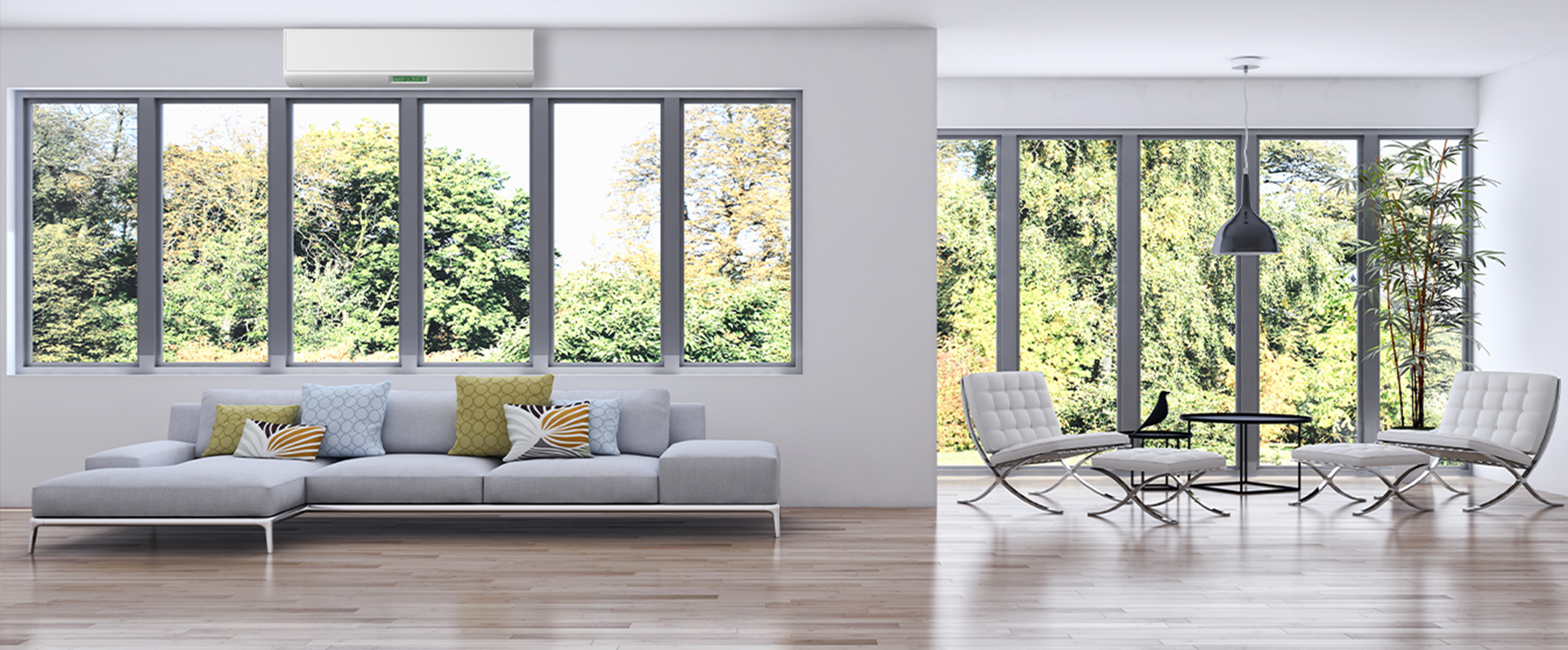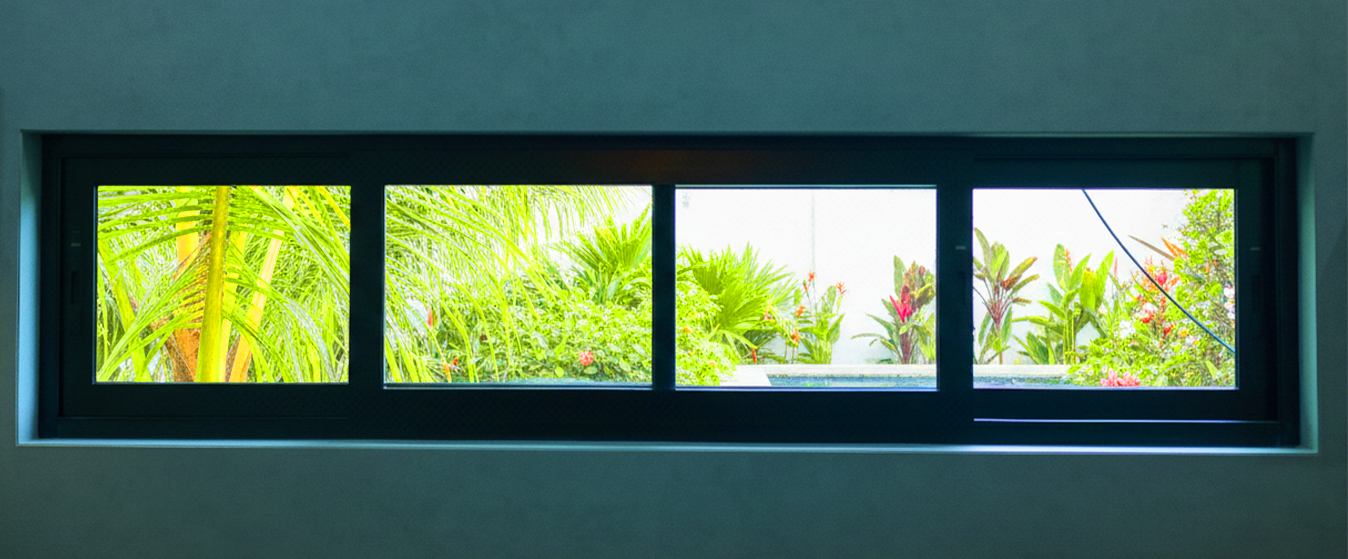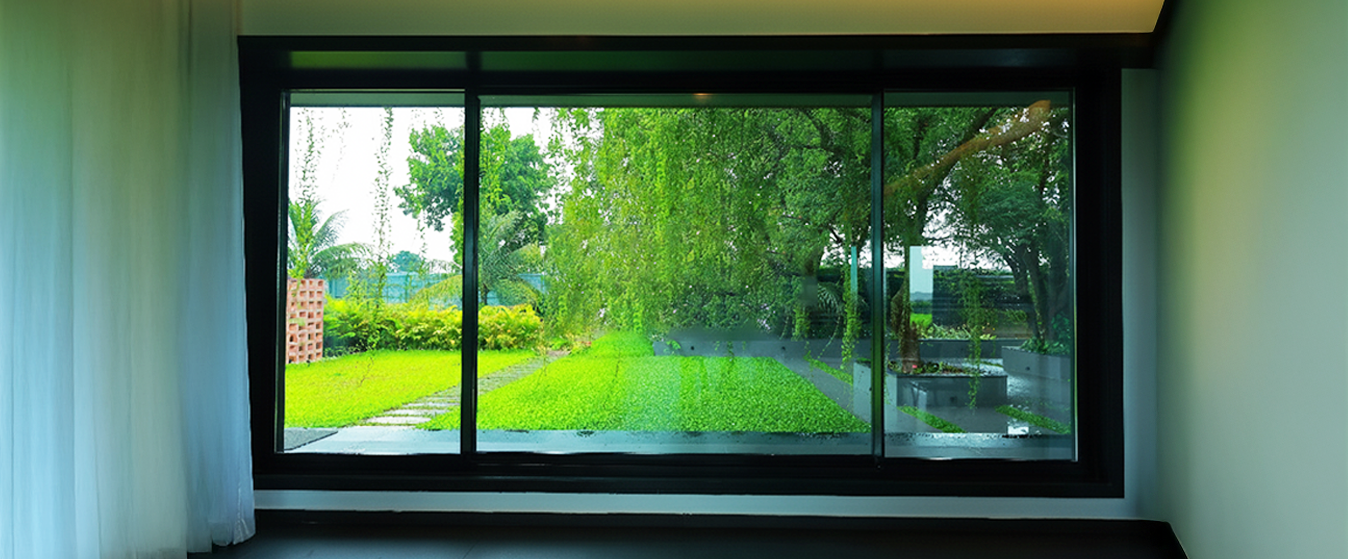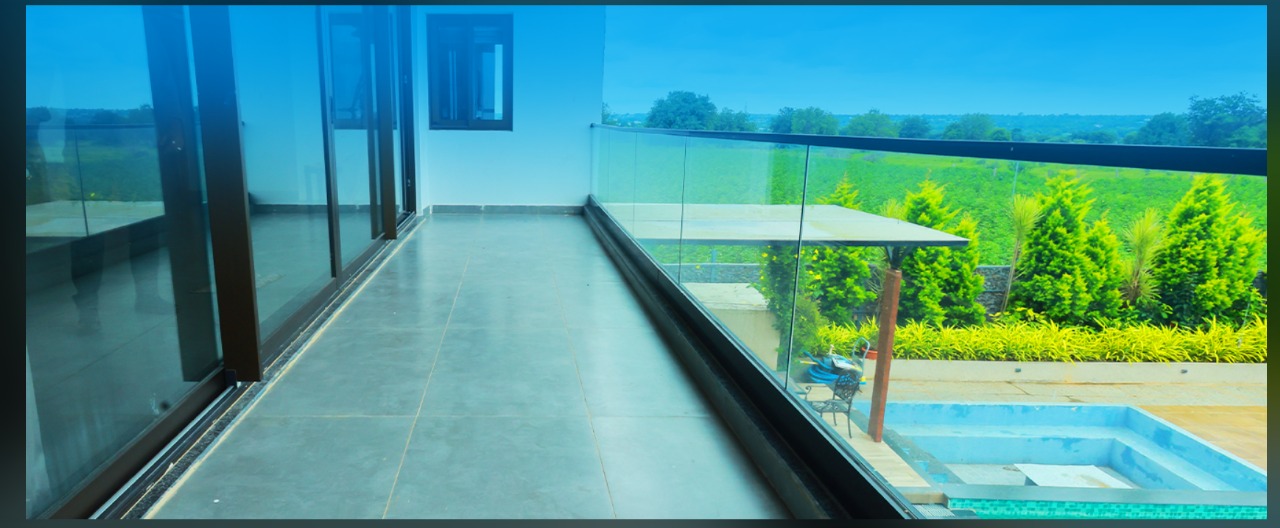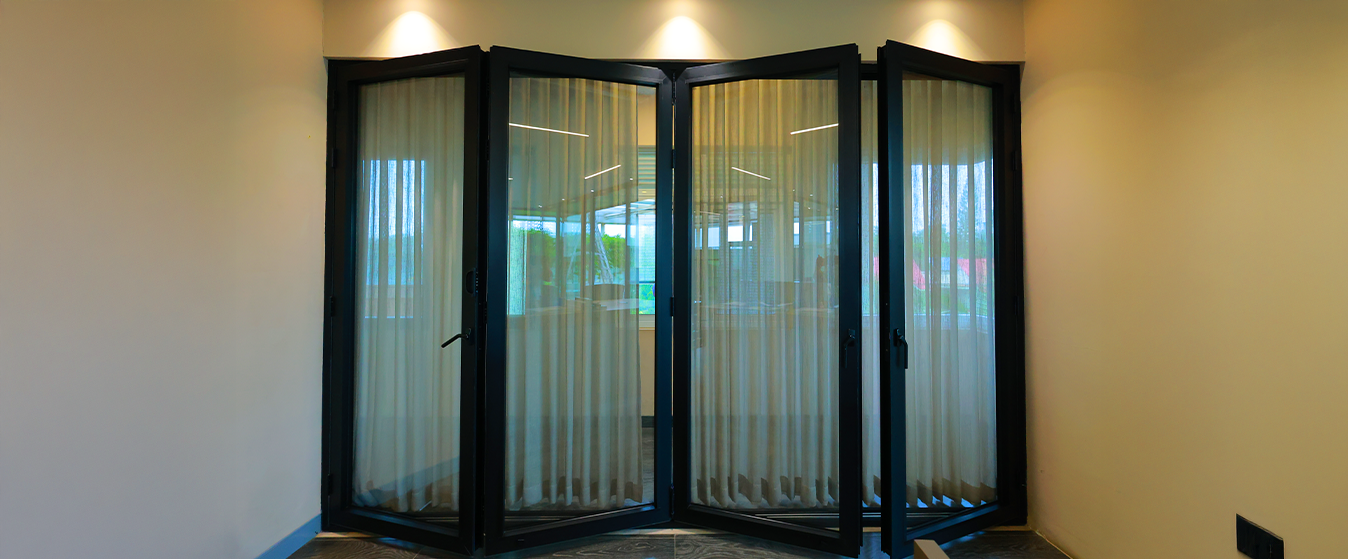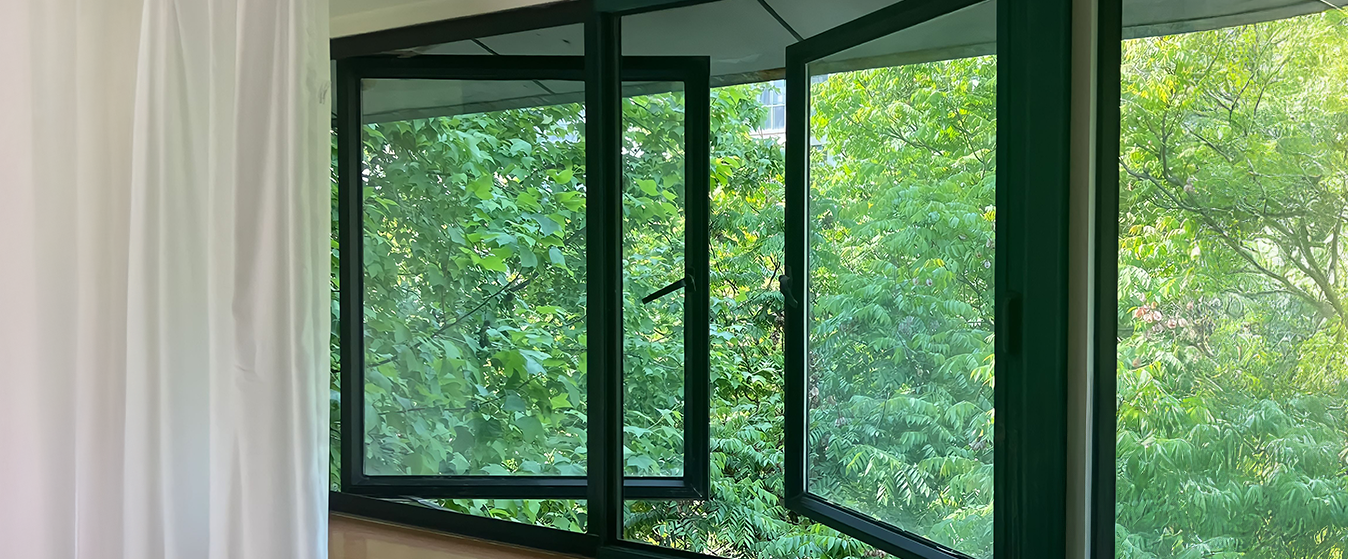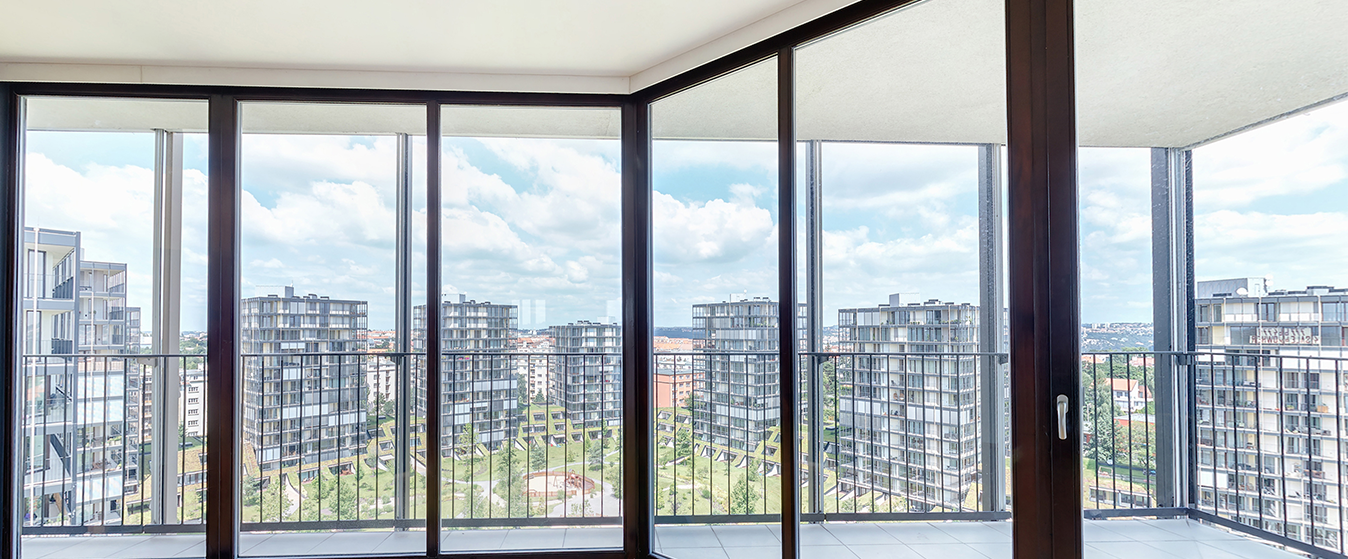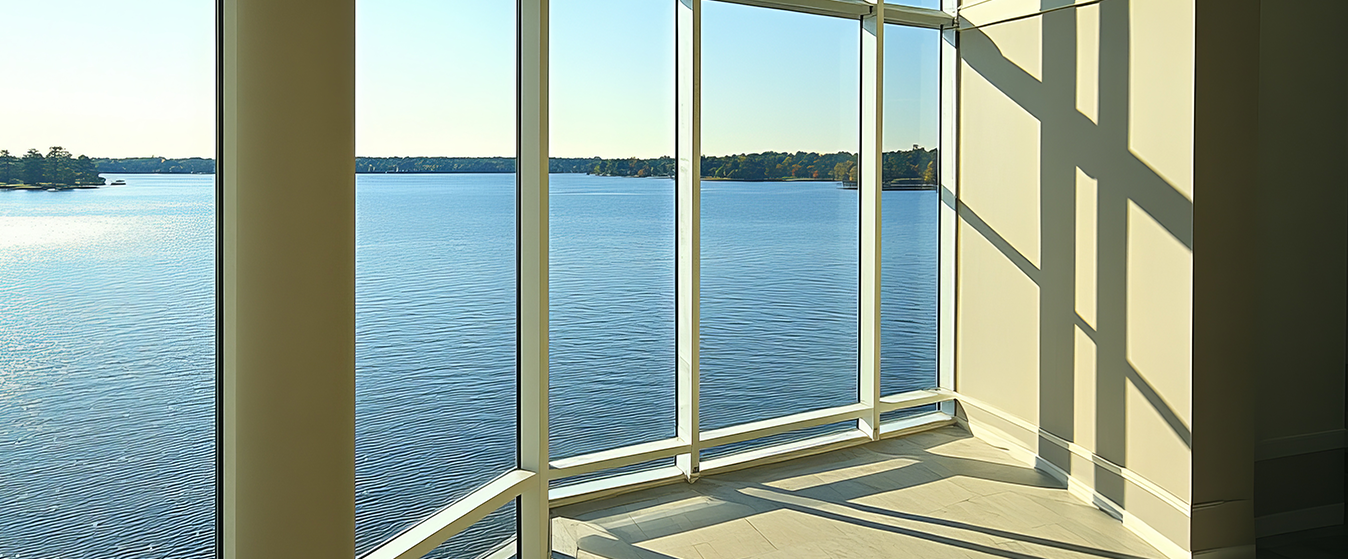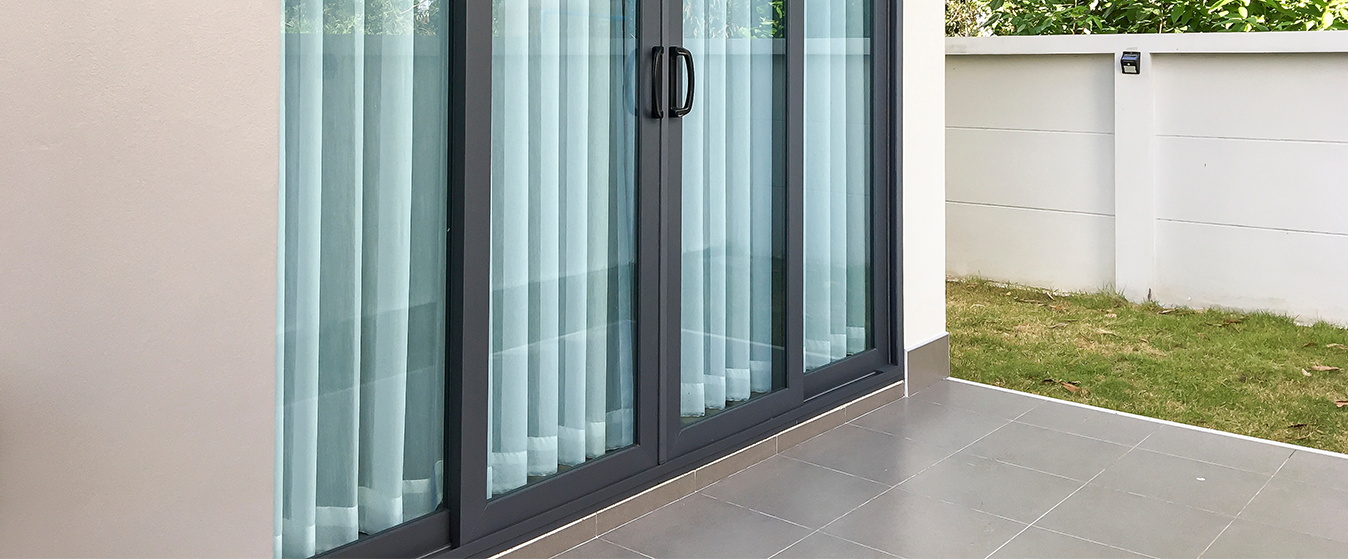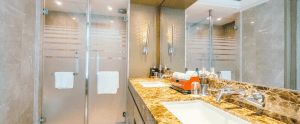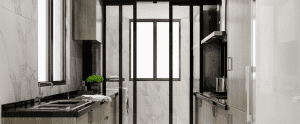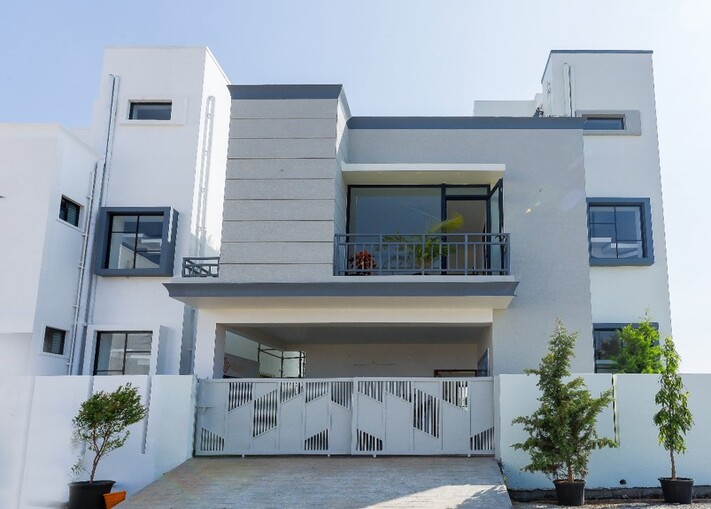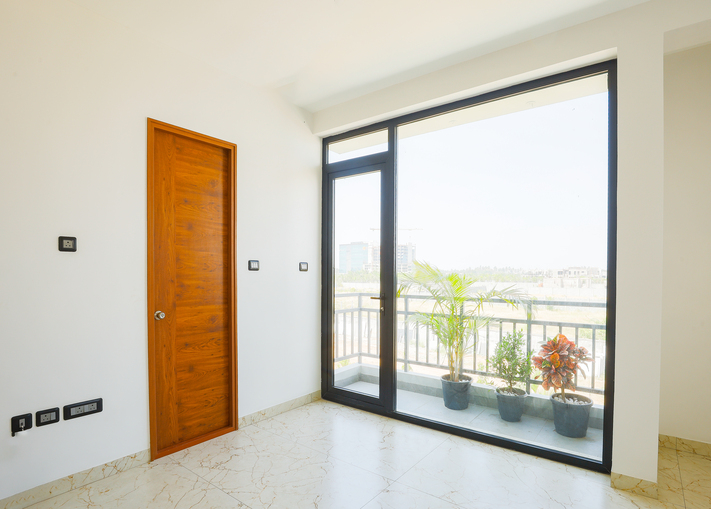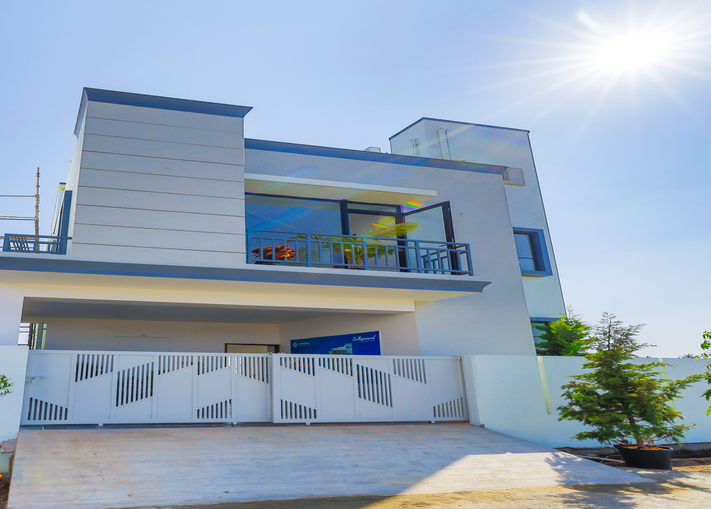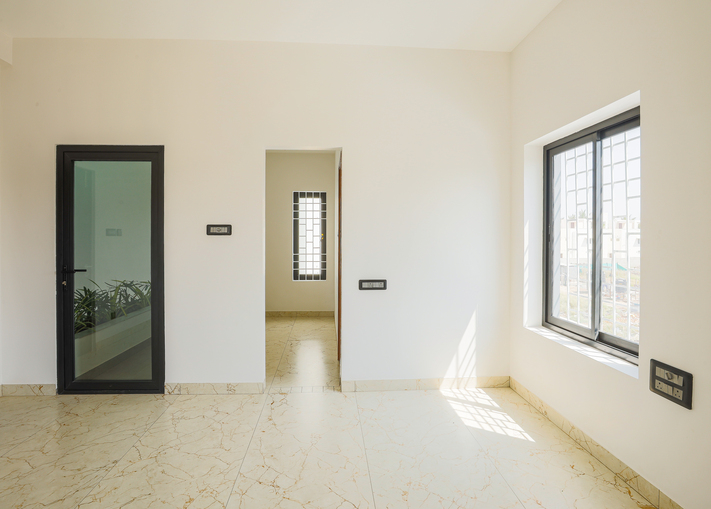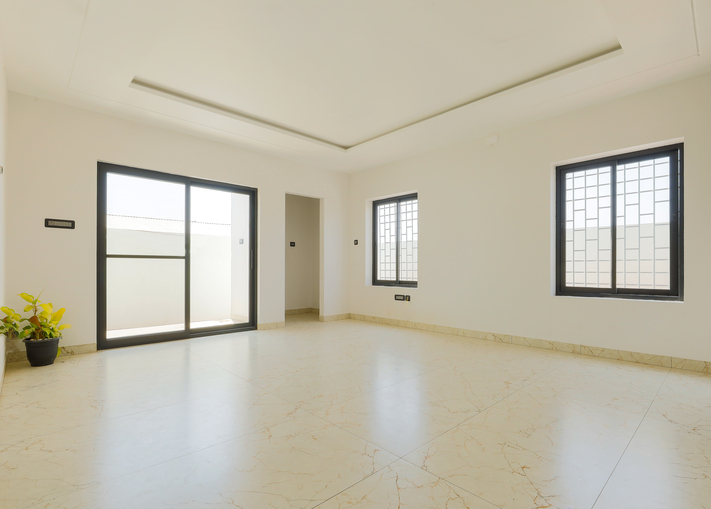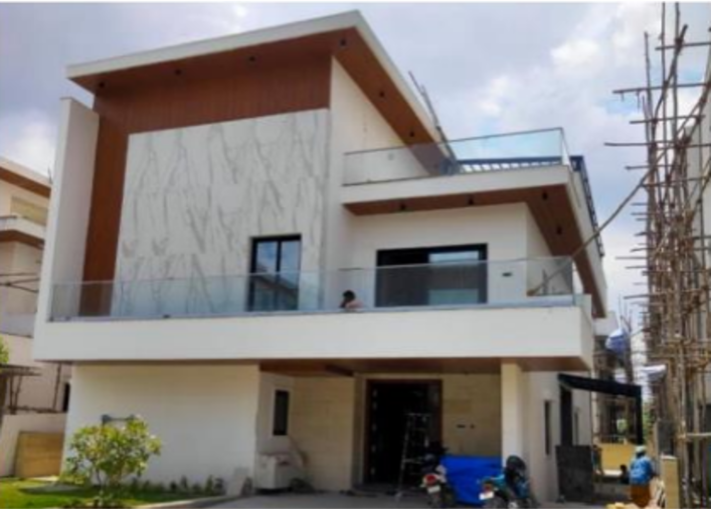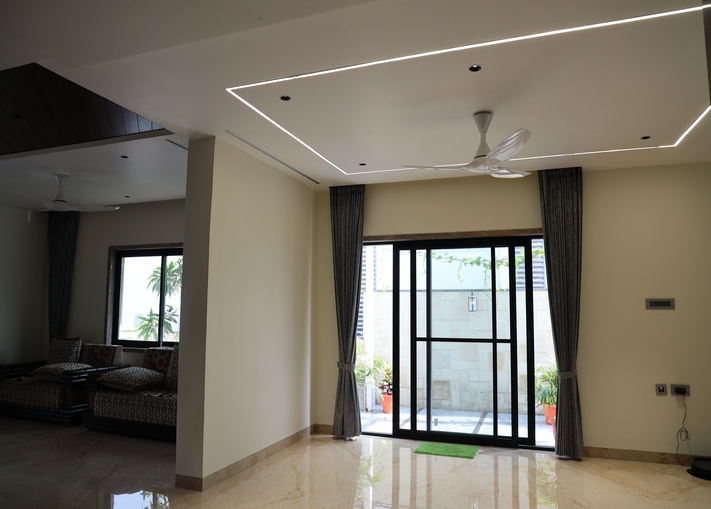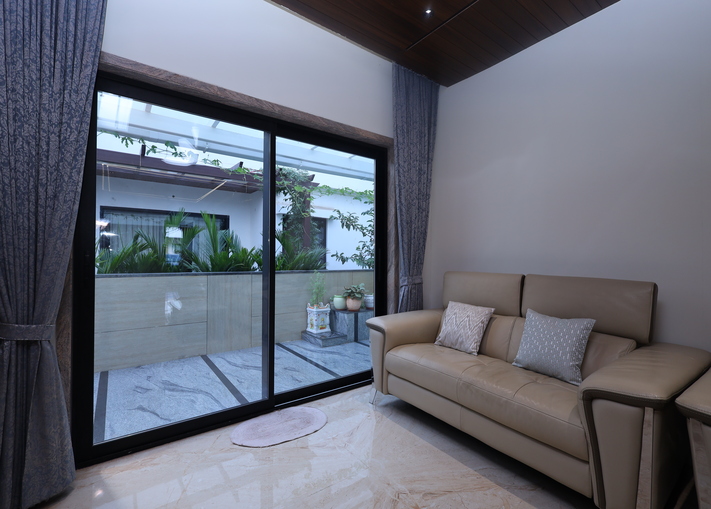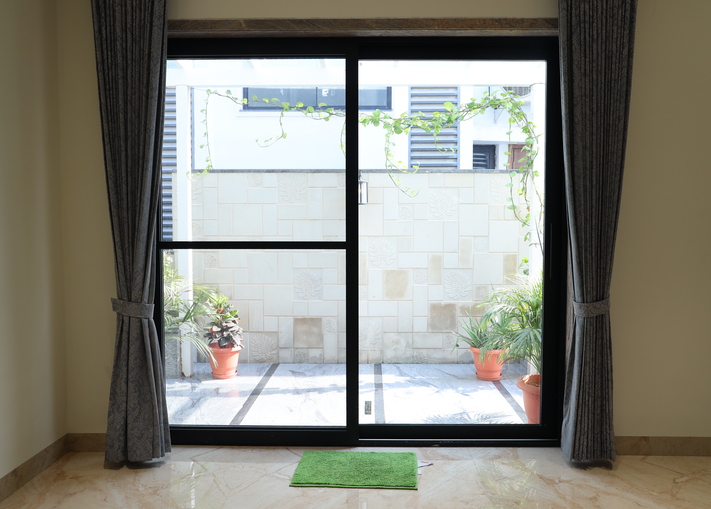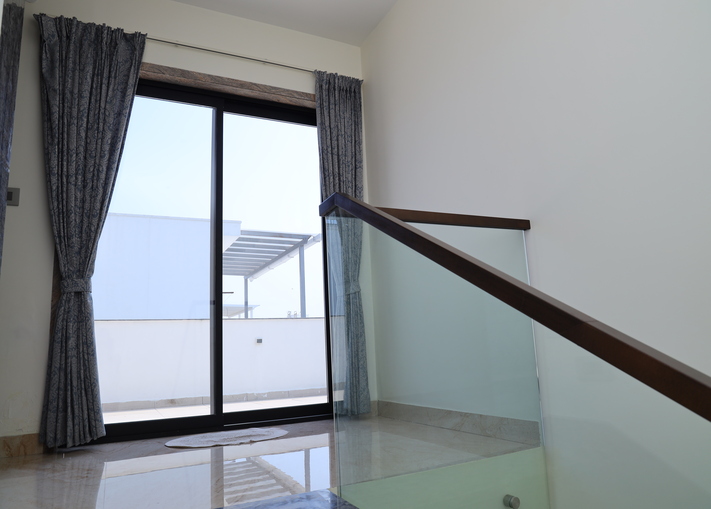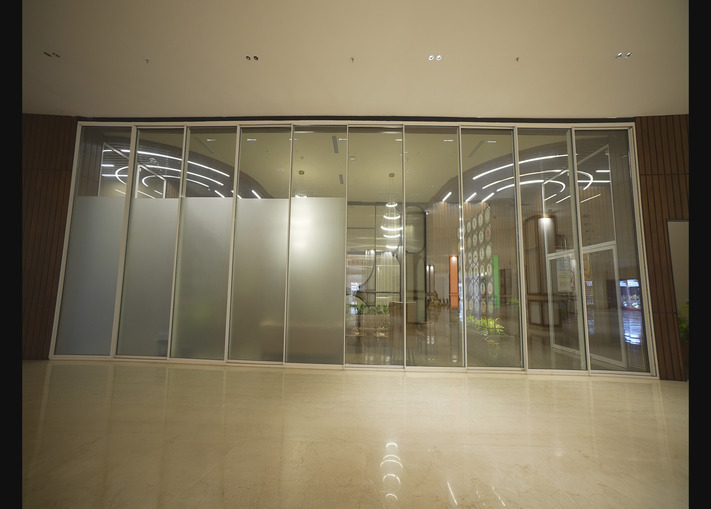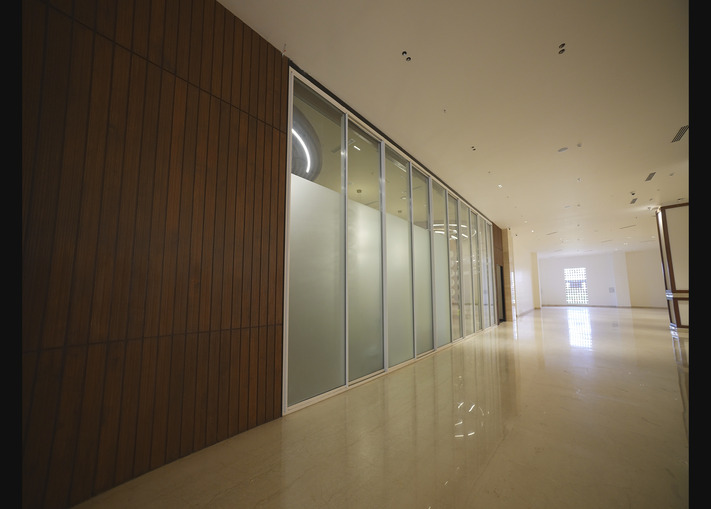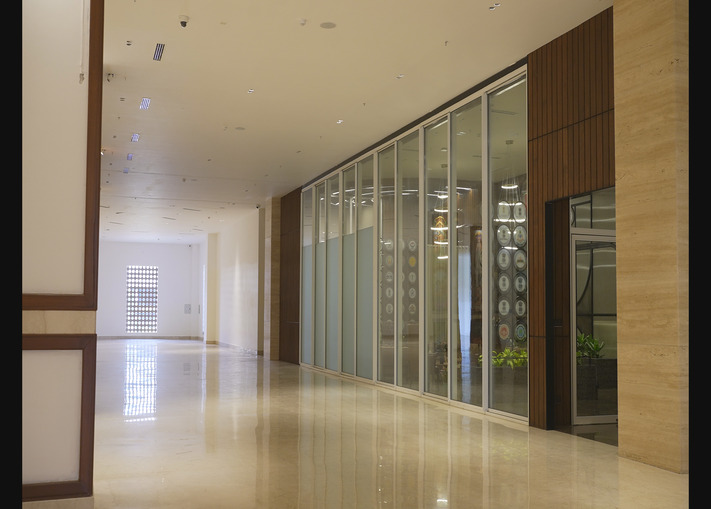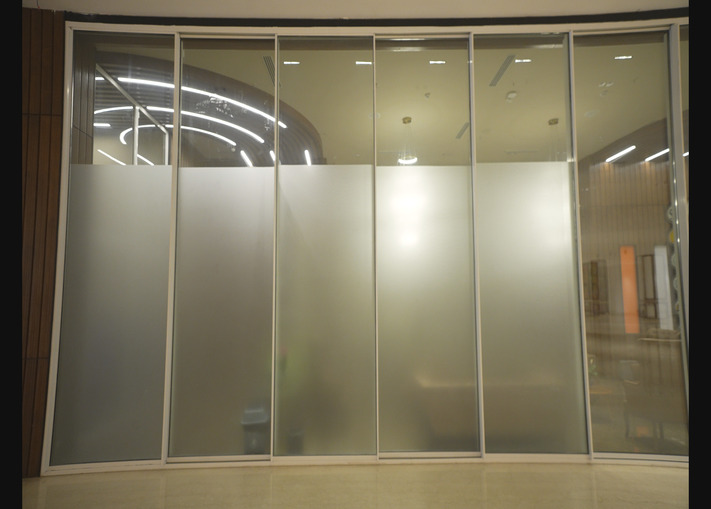Aluminium Tilt and Turn Vs Casement Windows: Which to Choose
September 16, 2025
Windows are more than just building features.
They frame the outside view, let in natural light, and improve airflow, but also decide how modern, stylish, and comfortable your living space feels. For homeowners in India, the demand for strong and sleek Aluminium Windows is at an all-time high.
Among the most popular types are Casement Windows and Tilt and Turn Windows. While both are widely used, they serve different needs. Casement windows are the timeless option that has been around for decades, while tilt and turn systems are more modern, offering flexible opening options and easier maintenance.
So, how do you know which one is right for your home?
This blog will discuss their design, usability, and benefits while explaining why aluminium has become the preferred choice.
What Are Casement Windows?
Casement windows are the oldest and most widely used window designs.
They are side-hinged and open outward, similar to how a door swings open. Operated with a handle or crank, they allow the sash to move outward and catch breezes easily.
Where they are used:
Casement windows are commonly found in houses, villas, and commercial spaces where maximum airflow is a priority. They are suitable for bedrooms, kitchens, and living rooms.
Benefits of Casement Windows:
Excellent ventilation: They open wide for maximum air, making them perfect for Indian homes.
Energy efficient: When closed, casement windows press firmly against the frame, creating a strong seal against dust, noise, and heat.
Affordable: They are among the more budget-friendly window options.
Classic appeal: Their simple design blends well with modern and traditional architecture.
Limitations:
- They require outdoor clearance to open fully.
- Cleaning the outer surface of the glass can be tricky, especially for higher floors.
- Strong winds can sometimes push against the open sash.
However, when built with aluminium, these limitations are reduced. Aluminium casement windows are lighter, stronger, and easier to handle than their wooden or steel counterparts.
What Are Tilt and Turn Windows?
Tilt and turn windows are more modern and versatile. They operate on a dual mechanism:
- In tilt mode, the top of the sash tilts slightly inward, allowing ventilation without fully opening the window.
- In turn mode, the window opens inward like a casement, which makes it easy to access and clean.
Where they are used:
Tilt and turn windows are popular in apartments, high-rise homes, and premium residences where space is limited but functionality is essential.
Benefits of Tilt and Turn Windows:
Easy cleaning: Since they open inward, you can clean both sides of the glass from inside without any safety issues.
Controlled ventilation: The tilt option provides airflow without compromising safety.
High security: Multipoint locking systems make them more secure.
Modern look: Sleek frames add elegance to contemporary homes.
Limitations:
- They are more expensive than traditional casement windows.
- They need space inside the room to open fully.
- Mechanisms are slightly more complex.
Despite being costlier, tilt and turn systems are fast becoming a preferred choice for urban Indian homeowners who want convenience with style.
Casement Windows vs. Tilt and Turn Windows: A Comparison Table
Let’s break down the comparison across key factors:
| Features | Casement Windows | Tilt & Turn Windows |
| Aesthetics | Classic and timeless | Modern |
| Opening style | Hinged at the side, opens outward | Tilts inward at the top + turns inward |
| Ventilation | Wide Airflow | Controlled or full airflow |
| Cleaning | Harder for the upper floors | Easy from inside |
| Energy efficiency | Good Insulation | Superior sealing and insulation |
| Security | Secure with locks | Higher security with multipoint locks |
| Cost | Budget-friendly | Higher cost but beneficial in the long run |
Aesthetics
Casement windows are often chosen for their classic appeal. They suit bungalows, villas, and even colonial-style homes where tradition meets comfort.
Their outward-opening sash creates a simple yet charming look.
Tilt and turn windows, however, bring a more modern character. With slim aluminium frames and larger glass panes, they match contemporary apartments’ clean, minimal aesthetics and premium residences.
Functionality
Casement windows are best when it comes to airflow. Since they open wide, they act like a funnel, catching the breeze and pushing it indoors.
This makes them particularly effective in coastal regions or places with hot summers where cross-ventilation is crucial.
Tilt and turn systems, on the other hand, offer flexibility. In tilt mode, they allow a steady inflow of fresh air without making the room too drafty.
It is perfect for homes in cities with fluctuating weather.
Cleaning & Maintenance
Cleaning casement windows can be challenging for homeowners living in high-rise buildings, as they may need external help to reach the outer glass.
Tilt-and-turn windows solve this issue with their inward-opening function. You can clean both the outside and inside of the glass without leaving your home, saving time and money in the long run.
Energy Efficiency
Both window styles support energy efficiency, but tilt-and-turn models have an advantage. Their multipoint locking and tight sealing minimise heat transfer, helping interiors stay cooler during summer and warmer in winter.
This is especially useful in Indian cities with extreme climates, such as Delhi or Hyderabad, where energy bills can be high.
Security
Casement windows are fairly secure, but tilt-and-turn systems provide additional safety locks and ventilation without fully opening.
Cost
Casement windows are more budget-friendly, making them accessible for various projects. Tilt and turn windows involve a higher initial investment but offer long-term value and convenience.
Which Window Type Suits Which Property?
Casement windows are ideal for:
- Homes with sufficient outdoor clearance.
- Traditional villas and bungalows.
- Budget-conscious homeowners.
- Spaces like kitchens or smaller bedrooms where simple functionality is enough.
Tilt and turn windows are ideal for:
- Apartments and high-rise buildings.
- Homes where security and insulation are a priority.
- Premium residences seeking a modern, sleek appearance.
- Families that want convenience in cleaning and day-to-day use.
Why Choose Alteza for Aluminium Windows?
Alteza is one of India’s leading aluminium window brands, offering a perfect mix of durability, design, and performance.
Here’s why people trust us:
- Premium Quality: Made with virgin aluminium and world-class technology for long-lasting strength.
- Sleek & Modern Designs: Slim frames and minimalistic styles improve any space.
- High Performance: Superior insulation for comfort and energy savings.
- Fully Customisable: Choose size, colour, glass, hardware, and finish to suit your home.
- Smooth Operation: Precision-engineered for effortless use and low maintenance.
- Trusted Assurance: Backed by a 10-year warranty and proven expertise.
With us, you don’t just choose a window, but you select elegance, comfort, and reliability.
FAQ’s
Q1. Which is more affordable, casement or tilt and turn windows?
Casement windows are usually more cost-effective because of their simpler design and mechanism. Tilt-and-turn windows are comparatively costly due to their dual-opening function, complex hardware, and added safety features. However, many homeowners consider tilt-and-turn systems a long-term investment because they offer better insulation, security, and convenience.
Q2. Are tilt and turn windows safe for homes with children and elderly people?
A. One of the biggest advantages of tilt and turn windows is the tilt mode. It allows the top of the window to open slightly for ventilation without creating a wide gap. This means children cannot lean out, and elderly residents don’t have to worry about handling heavy sashes. The multipoint locking system further adds a layer of safety.
Q3. Do aluminium casement windows last longer than wooden or uPVC ones?
A. Aluminium is definitely one of the most durable window frame materials. It doesn’t warp, swell, or get eaten by termites, nor fade or become brittle under harsh sunlight. High-quality aluminium casement windows can easily last 30–40 years with minimal upkeep, making them an excellent long-term choice.
Q4. Can tilt-and-turn windows be installed in compact apartments?
A. Yes, but with some considerations. Tilt and turn windows work brilliantly in apartments because you can clean the glass from inside and enjoy controlled ventilation. The tilt option doesn’t take up much space, making it perfect for compact rooms. However, when using the full swing-open mode, you must ensure enough clearance inside the room.
Q5. Which window type is better for energy efficiency?
A. Both are efficient, especially with modern double or triple-glazing options. When closed, casement windows press firmly against the frame, reducing air leakage. Tilt-and-turn windows go a step further using multipoint locking, providing an even seal across the whole frame.
Q6. How easy is maintenance for aluminium casement and tilt and turn windows?
A. Aluminium frames only need occasional cleaning with mild soap and water. The outer glass of casement windows can be tricky to clean on higher floors, but they require no special care. Tilt-and-turn windows are even more convenient, as their inward opening allows easy access to both sides of the glass inside your home.
Q7. Can I customise aluminium casement or tilt and turn windows?
Leading casement window manufacturers like Alteza offer a wide range of customisation options. You can choose frame colours, powder-coated finishes, glazing types (double, triple, or Low-E), and hardware styles. Customisation lets you match your windows with your home’s traditional or modern architecture.
Q8. Are casement windows outdated compared to tilt and turn?
Casement windows are a timeless style that continues to be popular in Indian homes. Their simplicity, cost-effectiveness, and ability to provide full ventilation make them relevant today. Tilt and turn windows are more modern in design and features, but casement windows remain a classic choice for homeowners who value functionality and affordability.


